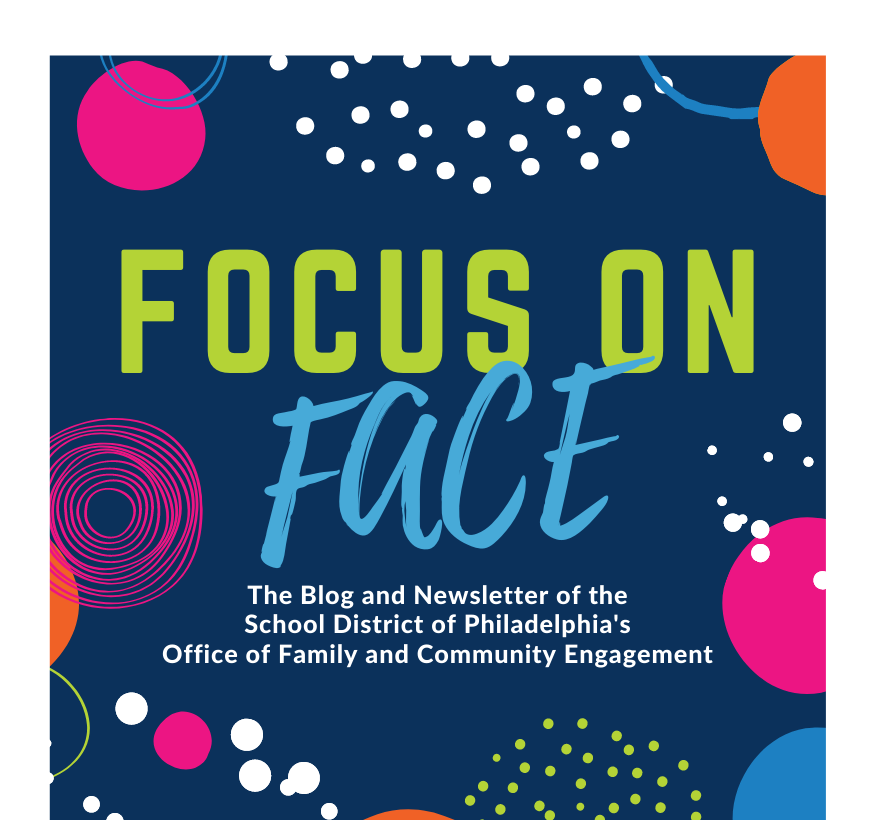This blog post is adapted from the article “10 Tips for Family Engagement This School Year,” by Meghan Everette at Scholastic. Click here to read the whole article.

I once sat in a parent meeting at my school with one mom in attendance. One. The school had over 500 students. Fast forward a few years and we teachers were herding the droves of families out the door well after the activity night had ended. Before you say, “But my parents . . . ” know that it can be accomplished in the toughest neighborhoods. I’ve seen it happen.
According to a Scholastic’s teacher survey data, 98 percent of teachers cited family involvement and support as being key to student success. And it’s no surprise; you know that students with families that are engaged are more likely to show up prepared and ready to learn. How can you get them in the door and keep them coming back? Consider these areas for increased engagement:
Environment
Parents don’t come to school for a variety of reasons, but a few important ones include a feeling of intimidation, a desire to not be judged, and prior poor experiences with schools. The key is to get them comfortable with coming to school. To do this, I start with my kids. I get the class excited about an event, like our theme nights, and use them to draw parents in. I make sure to tell my students — and I abide by it — that engagement activities are not “gotcha” moments. This night is all about learning and sharing, not a time for a conference. Parents will appreciate this too! If you have to meet, use the interaction as a way to build goodwill and set a conference date for another day.
Postcards
 This is my single favorite idea from all of teaching. Our school pre-printed cards with typical rewarding behaviors, such as leadership, working hard, or good manners. Each Friday, every teacher would bring one card to the school office that was filled out and addressed for one of their students. The office would mail the postcard (inexpensive because of the bulk postcard rate) to an unsuspecting family. A happy note from the classroom was a welcome surprise that drew families in. As a bonus, a similar card was made for staff and our principal would randomly stick them in the mail. I still have mine.
This is my single favorite idea from all of teaching. Our school pre-printed cards with typical rewarding behaviors, such as leadership, working hard, or good manners. Each Friday, every teacher would bring one card to the school office that was filled out and addressed for one of their students. The office would mail the postcard (inexpensive because of the bulk postcard rate) to an unsuspecting family. A happy note from the classroom was a welcome surprise that drew families in. As a bonus, a similar card was made for staff and our principal would randomly stick them in the mail. I still have mine.
Theme Nights
One big initiative that really got students and parents excited was creating whole-school themed events. Selecting themes that can cross curricula, such as football, or themes that are found in all grade levels, such as money, are easy to integrate lessons and décor around. Get all teachers involved by having décor competitions. To simplify, have one or two rooms per grade serve as the activity hub. Create independent work stations that show off creative problem solving and typical tasks that parents and students can do together. If the kids are excited about their themed work on display, and anticipate some fun themed activities, they will beg their parents to come to school for the big night. Read more details about our financial literacy night and football themes.
Breakfast Meetings

Working scheduling to our advantage, a half-day at the end of first quarter became a perfect time to invite families in for an annual math breakfast. Many parents had the day off to pick up students early, and others were able to drop in before 8 a.m. on their way to work. Our cafeteria provided biscuits and teachers or class parents donated juice and fruit to round out breakfast. Parents and students played math games and worked through stations together. Use our Common Core math night manipulatives to make planning even easier!
Parent Learning Events
We wanted parents to really understand the changes in the Common Core State Standards for math, something they had many misconceptions about. We created three nights throughout the year just for parents to come learn. Only one classroom and two teachers were needed to facilitate at each grade level. We showed where students came from and where they needed to go, and what the crux of the standard was. We also provided a hands-on activity for parents to try. The response was great and fueled both confidence in families to help at home, and meaningful questions about how best to help students.

